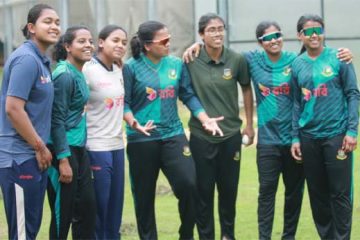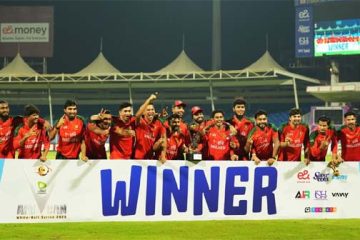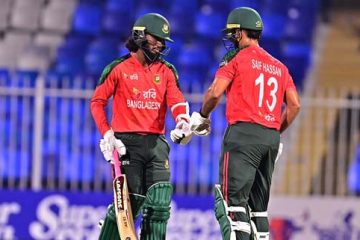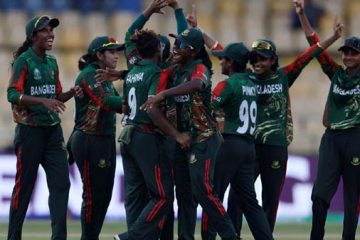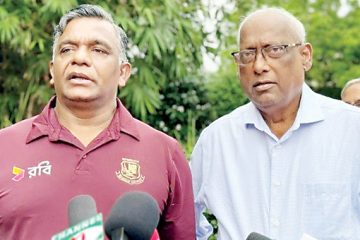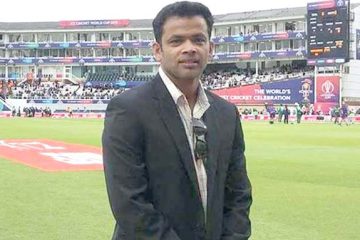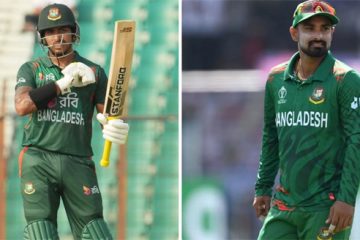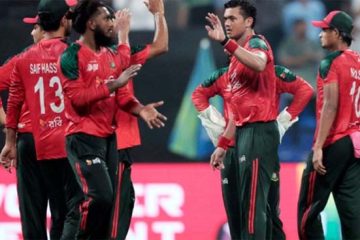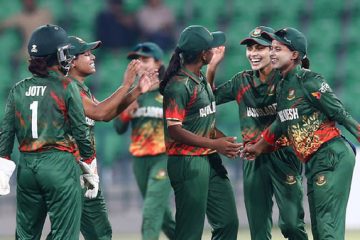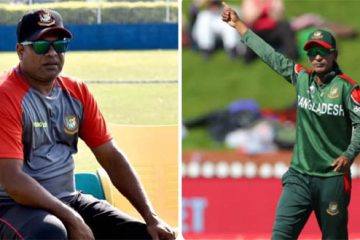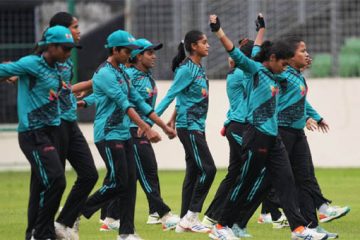Under the Packer cloud
It may have been held more than thirty-one years ago, but the 1979 World Cup was played under conditions quite similar to what the cricket world is faced with today. Two years ago, in 1977, a revolution took place in Australia, the effects of which can be felt even today. Just as the rebel Indian Cricket League in 2007 had drawn players away from national duty, incurring the wrath of national boards around the world, Kerry Packer’s World Series Cricket divided the cricket world in two in the late 1970s.
The series originated due to two main factors the widespread view that players were not paid sufficient amounts to make a living from cricket, and that Packer wished to secure the exclusive broadcasting rights to Australian cricket for Channel Nine, an offer that was turned down by the Australian Cricket Board (ACB) in 1976.
In early 1977, he began contracting a list of Australian players provided by recently-retired Australian Test captain Ian Chappell. Soon he convinced England captain Tony Greig to not only sign on, but to act as an agent in signing players from around the world. By the time the season climaxed with the Centenary Test match between Australia and England at Melbourne in March 1977, about two dozen players had committed to Packer’s enterprise. It was revealing of the players’ dissatisfaction with the current state of affairs that they signed on to a league without grounds or administrators, and one that was hidden from the rest of the world.
When news broke of this covert operation, it was met with outrage. After Packer’s negotiations with the game’s authorities in England in mid-’77 was unsuccessful, ICC decided that Packer’s matches would not be given first-class status and that all involved players would be banned from Test match and first-class cricket.
When the first season began in late ’77, there were three teams – an Australian eleven including greats like Dennis Lillee, Ian Chappell Greg Chappell, Rodney Marsh, and Doug Walters, a West Indian eleven boasting the likes of Viv Richards, Clive Lloyd, Lance Gibbs, Rohan Kanhai, Michael Holding and Andy Roberts, and a World eleven featuring names such as Tony Greig, Javed Miandad, Imran Khan, Richard Hadlee, Barry Richards, Mike Procter and Zaheer Abbas.
The 1979 World Cup was played a year and a half later, after the second season of World Series Cricket. West Indies and Pakistan softened their stance and allowed their World Series cricketers back into the fray for the World Cup; West Indies won the Cup and Pakistan made it to the semis. There was no such luck for Australia, as ACB chose to ignore their Packer rebels till 1980, even though Packer and ACB came to a resolution that resulted in Channel Nine being awarded television rights in mid ’79.
We enjoy Packer’s legacy even today. White balls and coloured clothing were pioneered in World Series Cricket. It also saw the advent of protective equipment like helmets – a staple of any batsman’s gear today.



